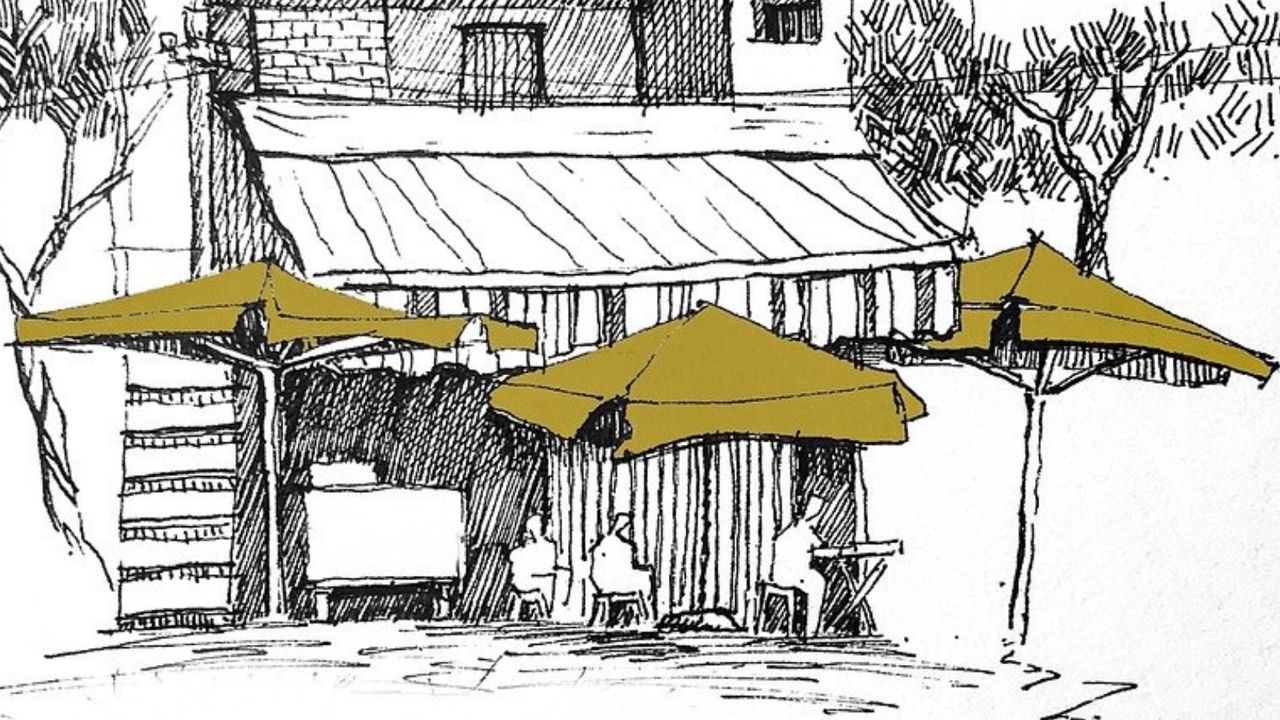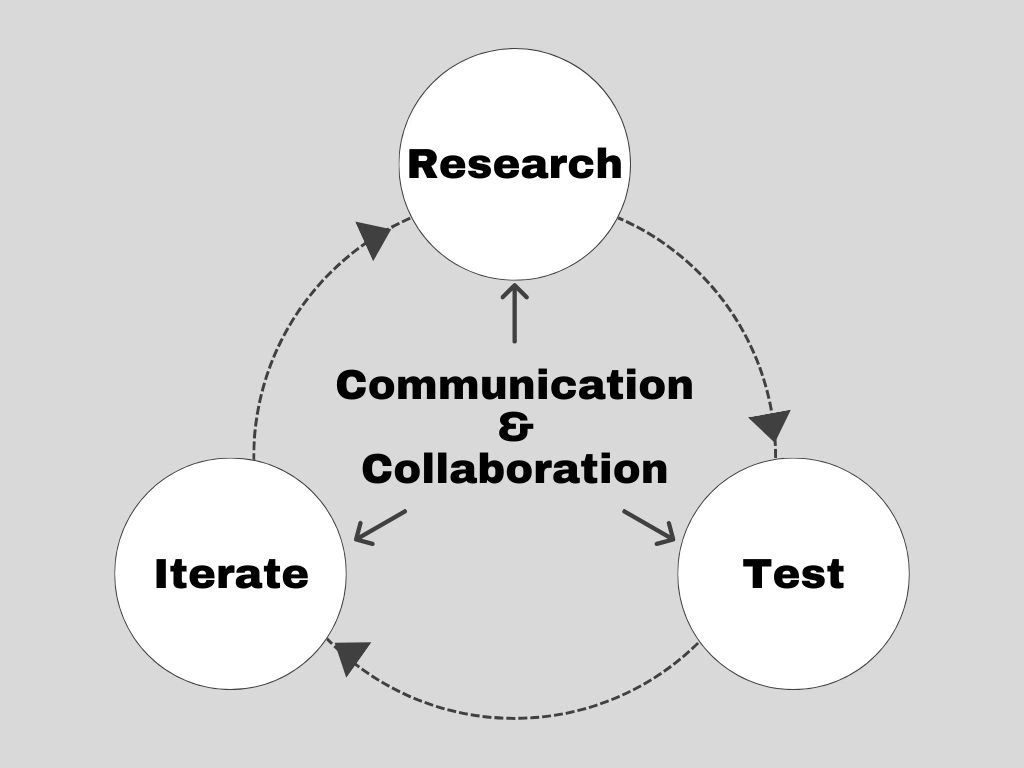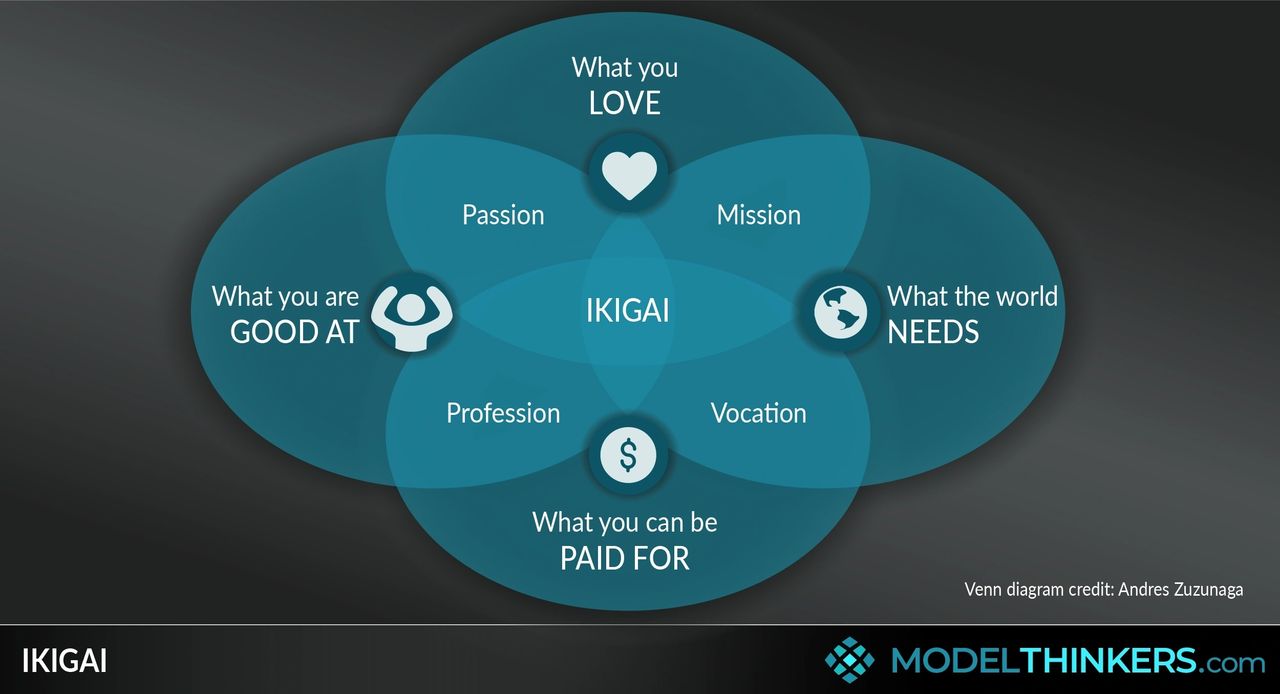-

·
Anatomy of a Successful Business
Agile Architecture Studio Model Increasingly, it appears that the small architecture studio is not simply a miniature version of a large practice. It operates as a distinct business model; it is agile, focused, and strategically lean. In response to shifting global economies, construction methods, and the influence of digital platforms, small firms are redefining what…
-

·
BIM Reality; Beyond the Hype
BIM is fundamental to modern architecture, but its full digital integration remains a challenge across the industry. Despite its widespread use, full digital adoption remains inconsistent, particularly in smaller firms and across different skill areas, including AI, automation, and data-driven workflows. As BIM evolves, how can professionals at all levels adapt and contribute to its…
-

·
Finch 3D: The Business of Sustainable Design
How Small Architecture Firms Can Leverage Finch 3D for Sustainable Profits in 2025 For small architecture firms, sustainable design often demands more time and expertise than traditional projects, making profitability a challenge. Clients expect eco-friendly solutions, but stricter regulations and added design complexities can slow down workflows. Finch 3D offers a solution by automating sustainability…
-

·
Biennale College Architettura 2025: A Strategic Opportunity for Small Firms
The 19th International Architecture Exhibition, Biennale Architettura 2025, curated by Carlo Ratti, will open in Venice on May 10, running through November 23, 2025. Under the theme Intelligens. Natural. Artificial. Collective., the exhibition frames architecture’s response to the climate crisis through a lens of multidisciplinary intelligence. While Ratti’s curatorial narrative and the event’s scale command…
-

·
A Business Model for Sustainable African Architecture
Meet Mariam Issoufou; Trailblazer Architect from Niger Mariam Issoufou, a Nigerien architect passionate about sustainable and contextually grounded design, has distinguished herself in the architectural field. Her firm, Mariam Issoufou Architects, provides a compelling model for architects globally, especially those working in emerging markets. This post examines the core principles of her practice, demonstrating how…
-

·
Architectural Trends Shaping the Industry Today: Reflections
‘Cities are built, but the world is impacted. Urban design creates either a sustainable legacy or an environmental liability’ The global architectural scene is a hotbed of innovation. New projects are constantly pushing the boundaries of design, technology, and cultural relevance. From the soaring heights of the Jeddah Tower, a key example of vertical urbanism,…
-

·
Sales Mastery for Architects: A Tailored Strategy for Boutique Firms
Developing a bespoke sales strategy for boutique architecture firms requires a nuanced approach. It needs to reflect the personalized and high-quality services on offer. Drawing inspiration from Simon Squib’s ’10 Steps That’ll Turn You Into A Sales Machine’ here is a tailored sales strategy for architects: Define Your Unique Value Proposition (UVP) Understand Your Target…
-

·
The Practice of Architecture: Lessons Learnt from Covid19
COVID-19 transformed our world, profoundly influencing architecture in ways that continue to shape the profession. In this Hub-Talk, four leading voices across the architectural spectrum share valuable insights on the lessons learnt, offering unique perspectives on how the pandemic has reshaped business planning, design thinking, construction processes, and our fundamental approach to creating resilient, adaptive…
-

·
The Power of Bamboo: A Talk with Simón Vélez
Simón Vélez Architects, Colombia The Future is into Natural Materials. It is the only way to save the planet. The Architects’ Hub had the distinct pleasure of engaging in an exclusive dialogue with the renowned architect, Simón Vélez, at the idyllic Heenat Salma Farm in Doha, Qatar. Over a cup of aromatic coffee, Loubna Agzafi…
-

·
The Power of AI: How Advanced Robotics Can Transform Small Architecture Firms
Small architecture firms today face the challenge of staying competitive while managing limited resources. Humanoid robots, like Tesla’s Optimus, could offer a game-changing solution. Unlike traditional AI software, humanoid robots combine advanced technology with human-like interaction, helping architects streamline operations and enhance the client experience. For boutique studios, these robots can handle both simple tasks…
-

·
Architecture in the Digital Sphere; Gaming Advantage
Zaha Hadid Architects and Fortnite Re-imagine London In the dynamic landscape of contemporary architecture, dominating the market requires a relentless pursuit of innovation. In this article, I explore how architectural firms can gain a competitive edge by embracing innovation and adapting to changing market conditions. I will be using the recent collaboration between Zaha Hadid…
-

·
Succession Planning: A Cornerstone of Sustainable Leadership in Architecture
In the dynamic world of architecture, where creativity and client relationships reign supreme, a well-crafted succession plan is not a luxury but a necessity. It is the cornerstone of sustainable leadership, safeguarding the unique brand identity, the design philosophy, and the trust built with clients over time. Unlike reactive contingency plans, succession planning takes a…
-

·
Architect’s Guide to Market Opportunities: Capitalizing on Industry Trends
According to a 2023 Architectural Services Industry Report by Benchmark International, the global architectural services market is set to grow steadily at a “4.8% compound annual growth rate (CAGR) through 2030″. “The architectural services industry comprises various companies that design and plan buildings and structures spanning residential, institutional, leisure, commercial, and industrial spaces. Key areas…
-

·
Navigating the Post-AI Landscape
Artificial Intelligence has transitioned from a futuristic concept to an indispensable tool for architects. It’s no longer a question of if AI will transform architecture, but how. Post-AI marks a stage where AI is a strategic imperative for growth, offering architects unique opportunities to disrupt their practices. AI may not take over the architects’ job,…
-

·
One Square Meter Living
Recent studies emphasize the role of micro-architecture in urban planning, highlighting its contributions to sustainability and livability. By minimizing individual dwelling footprints, micro-architecture enables the creation of green spaces within dense urban environments, which are essential for mitigating the urban heat island effect, improving air quality, and supporting biodiversity
-

·
Rebuilding Communities after Conflict
Disasters, whether natural or man-made, devastate communities, leaving millions without homes. In these critical times, the need for housing extends beyond mere shelter. Displaced populations require structures that ensure physical security and foster emotional well-being. Architects, with their unique skills and understanding of these complexities, are pivotal in crafting comprehensive design briefs for disaster relief…
-

·
Architects Redefining Sustainable Design
Sustainable architecture continues to push boundaries, combining innovative design with eco-friendly solutions to directly combat climate change. Here are five cutting-edge projects from around the world that stand out for their unique approaches to sustainability and their potential to inspire future architectural practices.
-

·
Urban Infills and Micro Pocket Parks
Transforming Underutilized Spaces with Micro Architecture. As cities around the world continue to grow and evolve, the challenge of maximizing limited urban space becomes increasingly pressing. Urban infill, the process of developing vacant or underutilized parcels within existing urban areas, offers a sustainable solution to this challenge. One emerging trend within urban infill is the…
-

·
The Rise of Micro-Architecture
The Tiny Homes Market size is estimated at USD 19.20 billion in 2024, and is expected to reach USD 27.20 billion by 2029, growing at a CAGR of 5% during the forecast period (2024-2029).” – Mordor Intelligence
-

·
Sustainability; A social goal for long-term coexistence on Earth
Designing for thriving communities: Sustainability in the built environment is the practice of designing, constructing, and operating buildings and urban spaces in a manner that meets current needs without compromising the ability of future generations to meet their own needs. This holistic approach focuses on environmental, economic, and social dimensions to create resilient, equitable, and…
-

·
Navigating Change; Monitoring and Evaluation
Monitoring and evaluation are crucial for the successful transition of a boutique architecture firm to a new business model. This involves tracking performance, gathering feedback, and making iterative adjustments to ensure the business model remains effective and aligned with strategic goals. Continuous monitoring and evaluation are essential for sustaining the benefits of the change and…
-

·
Navigating Change; Implementation Planning
Designing a new business model is only part of the process. Implementing it effectively is crucial for realizing the intended benefits. This involves developing a detailed action plan, managing change, and addressing potential risks. Successful implementation requires careful planning, resource allocation, and continuous stakeholder engagement.
-

·
Navigating Change; Designing Your New Business Model
Part 4 of 6 – recommended pre-requisite posts Part 1; Evolving Your Boutique Architecture Practice Part 2; Assessing the Current Status Part 3: Setting Strategic Goals With strategic goals in place, the next step is to design a new business model that aligns with these goals. This involves rethinking the value proposition, revenue streams, cost…
-

·
Navigating Change; Setting Your Strategic Goals
Using the SMART criteria (Specific, Measurable, Achievable, Relevant, Time-bound) is effective and widely used for goal setting. However there are several other, innovative approaches gaining traction such as; PACT, OKRs, FAST, HARD, V2MOM, and BHAGs. These alternatives provide diverse methodologies to enhance agility, engagement, and visionary leadership.
-

·
Business Strategy Emerging Trends
Beyond Mission, Vision, Goals! While foundational elements like vision, mission, goals, culture, and values remain essential to building a strong business, it’s time to rethink how they are approached and applied. What is your company’s Purpose? The traditional mission statement, which articulates a company’s primary objectives and activities, is being augmented or even replaced by…
-

·
Navigating Change; Assessing the Current Status
Having a clear understanding of the current status of a business involves a thorough analysis of the existing business model, operational processes, resources, and market positioning. This assessment guide will serve as a baseline from which to plan and implement changes.
-

·
A Viable CSR Business Strategy; Pro-bono in Architecture
What Does Your CSR Look Like? Is pro-bono work a feasible and beneficial component of your firm’s CSR strategy? Can it support sustainable design and construction? Architecture is fundamentally about social responsibility and accountability. The enduring nature of buildings and their far-reaching impact on humanity and the environment demand a holistic consideration of all aspects, even…
-

·
7 Key Trends in Sustainable Architecture
Build Your Competitive Edge in 2024. “In the lineup of climate villains, architecture towers above many” – New York Times In a world where buildings consume nearly 40% of global energy and produce approximately one-third of greenhouse gas emissions, it’s clear that architects hold the key to unlocking a more sustainable future. This is according to…
-

·
Regenerative Architecture
In an era marked by rapid urbanization and intensifying climate change, it’s crucial for the architecture industry to evolve beyond the tenets of conventional sustainable design. To truly make a lasting impact, I believe the industry must shift its focus towards holistic and regenerative design practices that prioritize rejuvenating the environment and fostering a net-positive…
-

·
Building a Resilient Architecture Team; Expertise and Staffing
Your Team is the Backbone of your practice, instrumental in driving innovation, fostering client satisfaction, and ensuring long-term success.
-

·
Tips to Future-Proof your Architectural Practice
7 Basic Strategies to adopt To stay relevant in a rapidly evolving industry, being ahead of trends, and not just keeping up, is key to ensuring a resilient architectural practice.
-

·
Why Architects Need Business Savvy in Today’s Market
Many aspiring architects fall prey to the misconception that exceptional design will automatically attract clients. While a strong portfolio is crucial, it’s just one piece of the puzzle. Clients are looking for more than just beautiful visuals. They need someone who understands budgets, timelines, regulations, and the complex web of factors that contribute to a…
-

·
Market Segmentation for Architects; A Guide to Finding Your Niche
“Passion is Fuel, But Market Fit is the Engine”. Market segmentation is a key strategy to aligning your design passion and skills with market needs. In other words, to find the perfect fit between you and your target audience. Market segmentation helps tailor your services to meet specific customer preferences, enhancing relevance, engagement, and overall…
-

·
Key Players in Business: Big 4 & MBB
Being aware of the Big 4 and MBB, who they are, what they do and leveraging their expertise, can be valuable for startups and small businesses.
-

·
Lean Canvas Vs Business Model Canvas
As an entrepreneur, you’re likely familiar with the Lean Canvas and the Business Model Canvas (BMC) as valuable tools for developing and validating your business ideas. While they share some similarities, understanding their differences can help you choose the right approach for your specific situation. In this blog post, we’ll provide a general guide on when and…
-

·
Why architects’ should be AI capable
The future of architecture business is a partnership between human creativity and AI’s computational power. The business of architecture is evolving. Architects are increasingly wearing the hats of both designer and entrepreneur. AI can be a secret weapon in this new landscape.
-

·
Innovative Business Models for Architects & the Skills you need
The digital era unlocks exciting possibilities for architects and design leaders seeking to blend passion with sustainability and business acumen. Beyond traditional solo or freelance models, here are diverse business models you can explore, along with the key skills needed to bring them to life
-

·
Research, Test, Iterate
The basics of data insights In a dynamic marketplace, agility and informed decision-making are critical. The Research, Test, Iterate (RTI) model provides a structured, yet adaptable framework for sustained growth. In today’s rapidly changing market, businesses must be flexible and informed. Here is how it works: 1. Research: Market Insights Understanding your market is paramount.…
-

·
Make your Life Mission Your Business; IKIGAI
Unleashing the Power of IKIGAI 1. Discover Your Passion Identify what aspects of architecture truly excite you. Is it: Finding your passion is crucial for a fulfilling entrepreneurial journey. 2. Uncover Market Needs Align your passion with market demands: This alignment ensures your business model resonates with both your aspirations and industry needs. 3. Embrace…
-

·
How to Start an Architecture Firm: 7 Essential Steps
As you embark on the exciting journey of starting your own practice, here is a guide to set yourself up for success, providing a roadmap to navigate through the crucial initial steps.
-

·
3 ways to define your Business Idea
Passion or practicality? What sparks your business idea first? Do you dream up solutions to problems you see, or chase your passions hoping they will find a market fit? For architects and designers, this question can be especially tricky.
-

·
Find Your Ideal Work-Style: Solopreneur, Freelancer, Remote, or…?
Unlock the Workstyle That Fuels Your Entrepreneurial Journey. The entrepreneurial landscape is constantly evolving, offering diverse options to fit individual goals and preferences. Here is a broader view:
-

·
Startup? Taming the Chaos, Maintaining Sanity
Launching a business can be exhilarating, but the whirlwind of activity can quickly become overwhelming. Here are a few tips to help you focus, avoid the chaos in your mind and maintain momentum.
-

·
The Lean Canvas
Efficient, Focused, Adaptable The Focus of the Lean Canvas is to validate assumptions early on, not develop a detailed business plan. Developing a comprehensive business plan can be time-consuming and overwhelming for new ventures. In this day an age it is necessary to realize the importance of agility and adaptation in the early stages. This…
